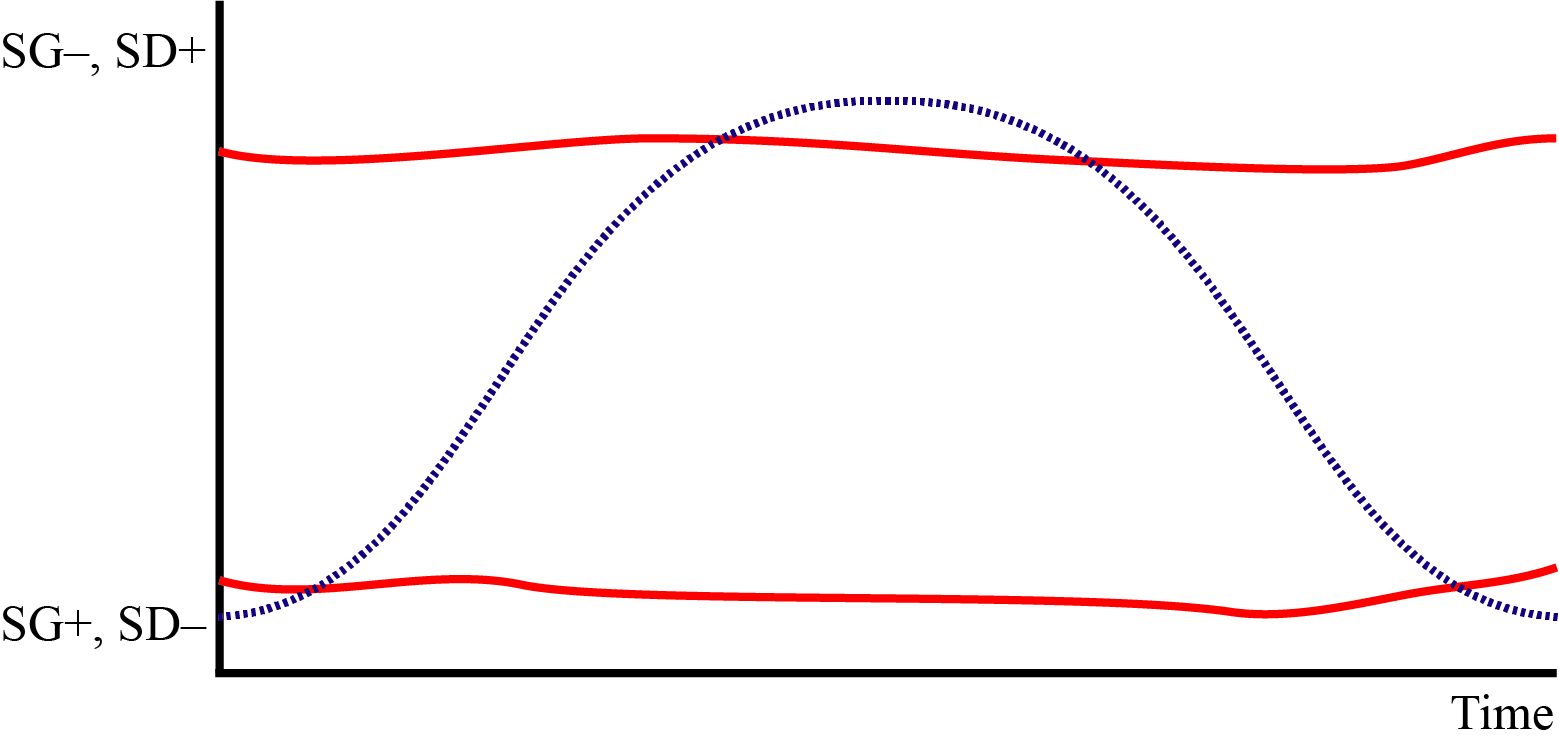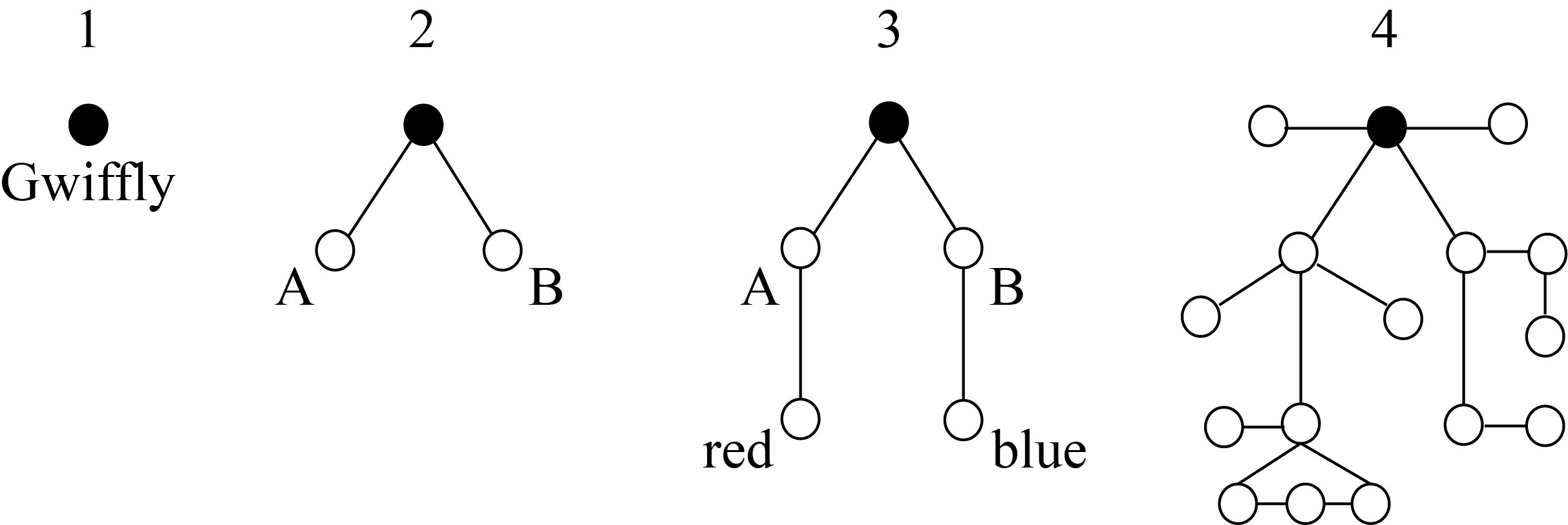The dimension of Semantics explores the context-dependence and complexity of practices, dispositions and contexts. The key concepts are the organizing principles of semantic gravity (context-dependence) and semantic density (complexity). These can be enacted either separately or together to explore semantic codes.
Semantics is having significant impact in revealing how different forms of knowledge (such as theory and practice or academic and everyday understandings) are woven together through semantic waves to build knowledge over time.
These ideas are being widely enacted both in research projects as an explanatory framework and in practice as a means of designing curriculum, pedagogy and assessment. They are used extensively in academic development and student learning support. For example, analyses of exemplary student work using semantic gravity and semantic density reveal the specific kinds of semantic waves underlying achievement in that assignment, which can then be taught to students. In turn, students can enact the ideas to understand and plan their work. You can find examples of this work both in the Publications database, and on the Semantic waves page.
For a general introduction to key concepts from Semantics, watch a video of a Karl Maton keynote to English for Academic Purposes practitioners and read this introduction.

Translation devices for Semantics
Code concepts are defined at a distance from specific empirical referents so that they can be enacted to analyse a diverse range of phenomena. However, doing so defining the forms taken by code concepts within the particular object of study. LCT closes this gap between theory and data through translation devices.
Generic translation devices relate concepts to a very broad phenomenon, such as all practices or the whole of English discourse. Thus far, generic translation devices have been created for translating between:

- epistemic-semantic density and English discourse (Maton & Doran 2017a, 2017b)
- epistemic-semantic gravity and English discourse (forthcoming)
- epistemic-semantic density and images (forthcoming)
- epistemic-semantic gravity and images (in progress)
Specific translation devices relate concepts to a particular set of data, often by extending a generic device. They enable researchers to identify strengths of semantic gravity or semantic density in their data and, conversely, to allocate empirical instances to strengths of semantic gravity or semantic density. Chapter 2 (Maton & Chen) of Knowledge-building explains how to create specific translation devices in research projects and chapter 9 (Georgiou) offers an example for semantic gravity.
Constellations
Semantics is often related to constellation analysis for exploring the complexity of practices. Constellation analysis views the constituents of a set of practices as ‘nodes’ or stars that are related together in various ways to form clusters or constellations and charged positively or negatively. The basis of the selection, arrangement and valorization of practices in constellations is revealed by the dimensions of LCT. Chapter 8 of Knowledge and Knowers provides an introduction to these concepts. Constellation analysis is being used in research to show knowledge-building, such as a PhD study by Elena Lambrinos of ballet education. See Maton and Doran (2021) for examples of constellation analysis that focus on scientific explanations in classrooms.

Downloadable figures
The following figures are publisher-quality ‘png’ files. If using any, you must cite them as listed below. For permission, contact the author.If you would like an Adobe Illustrator version, so you can add data to a plane or profile, then email the LCT Centre.
The semantic plane: Maton, K. (2014) Knowledge and Knowers: Towards a realist sociology of education, London: Routledge, page 131.
Three semantic profiles: Maton, K. (2013) Making semantic waves: A key to cumulative knowledge-building, Linguistics and Education, 24: 18–22, page 13.
